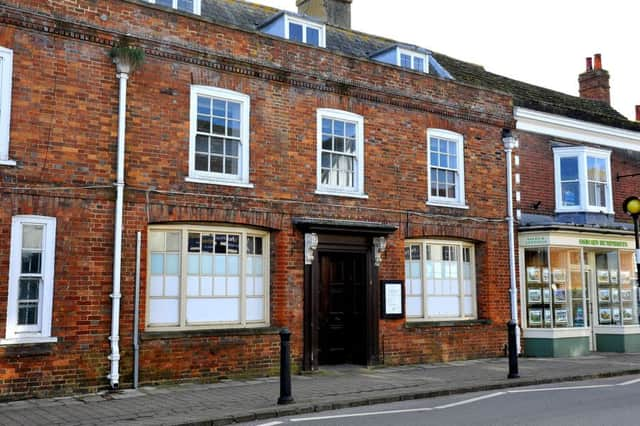Plans to convert Steyning's former Lloyds Bank into homes turned down


The application, which included the conversion of a barn on the site and the building of a pair of semi-detached houses, was considered by Horsham District Council’s planning committee south on Tuesday December 18.
A similar application was refused in May.
While the committee gave Listed Building Consent for the Grade II High Street building, the plans themselves were given the thumbs-down.
Advertisement
Hide AdAdvertisement
Hide AdThere was particular concern about the ‘narrow and awkward’ entrance to the site, the impact on the conservation area, and the potential for damage to neighbouring buildings during the development.
The application was put before the committee at the request of Tim Lloyd (Con, Steyning) who, in May, described part of the design as ‘a carbuncle’.
This time he said it was an ‘itchy pimple’.
While recognising and praising the changes made by the developers since May, Mr Lloyd said he had ‘continuing concerns’.
He said he had no objections to the redevelopment of the main building or the barn, but listed a number of reservations, including over-development, the access from Charlton Street and whether the cars that did pass through would be able to manoeuvre easily.
Advertisement
Hide AdAdvertisement
Hide AdFormer Horsham councillor Vivien Coates, who lives in Steyning, shared her concerns about the loss of the Victorian ornamental garden at the back of the Lloyds building.
The issue was also raised by Michael Willett (Con, Steyning), who said: “If you look on Google Earth you’ll see that this is a conservation area of an old town that still has a few gardens left and they need to be retained.
“I’m surprised it’s not a conservation issue much stronger than has been expressed.”
Members agreed the application would lead to overdevelopment of the site, and would impact the character of the conservation area.
They also agreed that the access to the site was ‘inappropriate’.